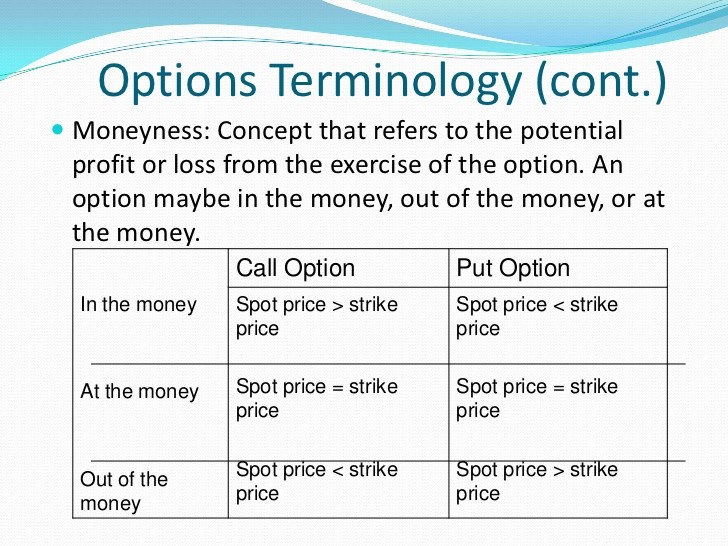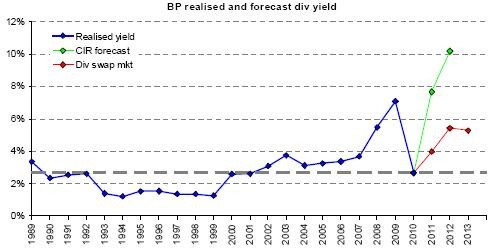What Are Swaps
Post on: 16 Март, 2015 No Comment

Swap Derivatives and Your ETFs
You can opt-out at any time.
Exchange traded funds consist of assets, such as stocks or bonds (or even other ETFs ) to track a specific index or benchmark. And sometimes in order to track a benchmark accurately, they use derivatives such as futures, forwards, options and swaps. So today we are going to be talking about that last derivative known as a swap contract.
What is a Swap?
A swap derivative is similar to a forward contract as it as an agreement between two traders to exchange an asset at a predetermined date. You can learn more about forwards here…
As for swaps, they are more like a set of forward contracts. They are an exchange of a series of cash flows between two traders (agreeing parties). However, while one side of the contract agreement is set, the other side of the agreement will be determined by a future outcome. That outcome could be the price of a particular stock, an interest rate, the price of a preselected commodity or any things the two traders agree upon.
So while a forward will have one trade at the end of the contract, the swap will have multiple exchanges during the life of the contract. One of the traders will make a fixed series of payments based on the swap agreement, but the other side of the trade will be based on a variable (eg – foreign currency exchange rate)
What Are the Risks Associated with Swaps?
Like forwards, swap contracts do not trade on public exchanges and therefore are not regulated. So since swaps are unregulated, they have a higher default risk than say a futures contract.
Also, sometimes one side of the swap agreement may want to end the contract before its final expiration. At that point, both traders can agree on the deliverable, or settle on a cash equivalent for the contract or even create a new contract position.

Typically swap contracts are executed by major financial institutions and established banks, so while there is higher default risk due to lack of regulation, they are still pretty solid. But as with any contract now all are iron-clad.
When and Why are Swaps Used in Exchange Traded Funds?
Derivatives are used in ETFs to help with the accuracy of trading a particular benchmark. As the ETF marketplace has expanded, new ETF innovations such as leveraged funds and inverse ETFs have become more popular. However, due to the complex nature of these funds, derivatives such as futures and swaps are needed to be included in the holdings to have the desired results. So many ETF providers utilize derivatives to attain the fund’s investing goals. Equity assets alone might not be enough.
As I always say, it’s important to know the basics about your ETFs, especially more complex funds. But knowing the basics alone is not enough. You need to understand what is in an ETF as well, especially if they include derivatives. And if your targeted ETF includes swaps, make sure you understand how they will impact the fund’s performance and the risks involved.
As with any investment, make sure to conduct thorough research before making any transactions and if you have any questions, be sure to consult your broker or a financial advisor or professional.














